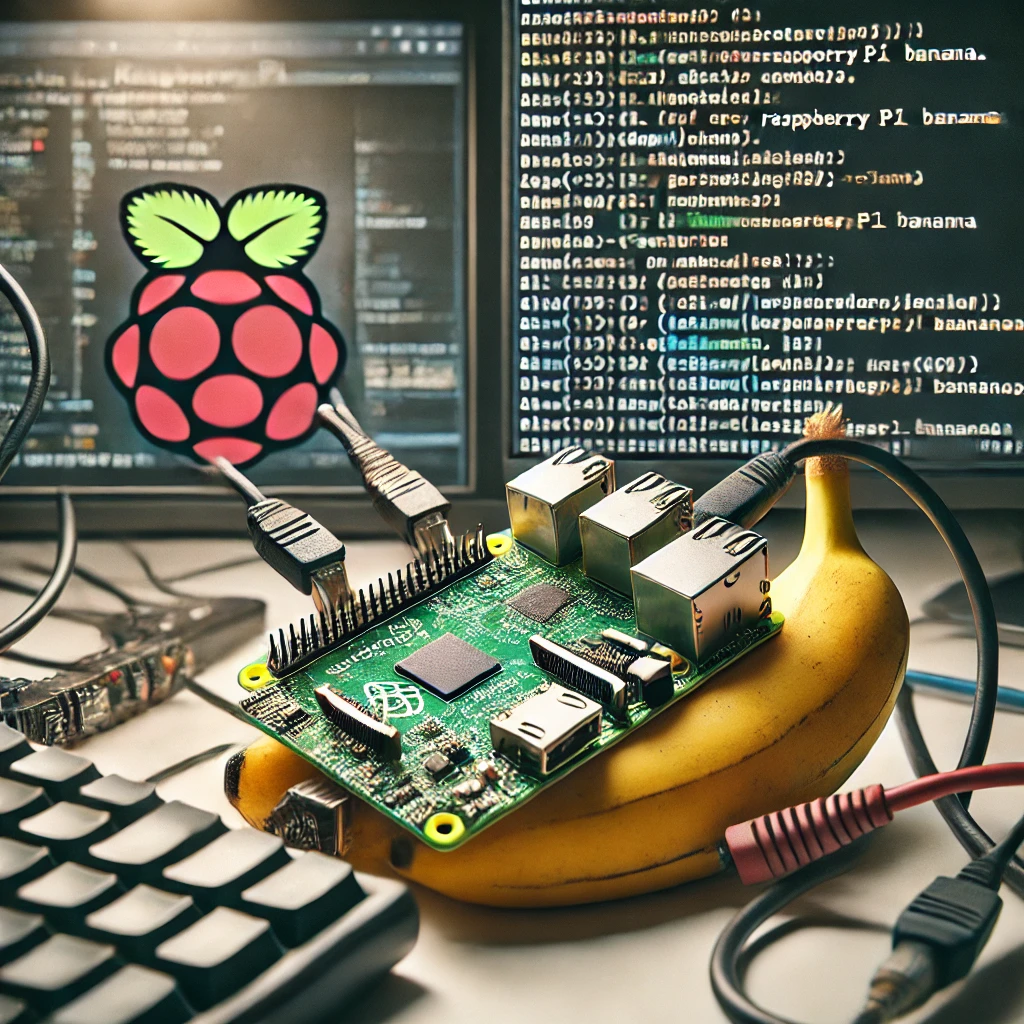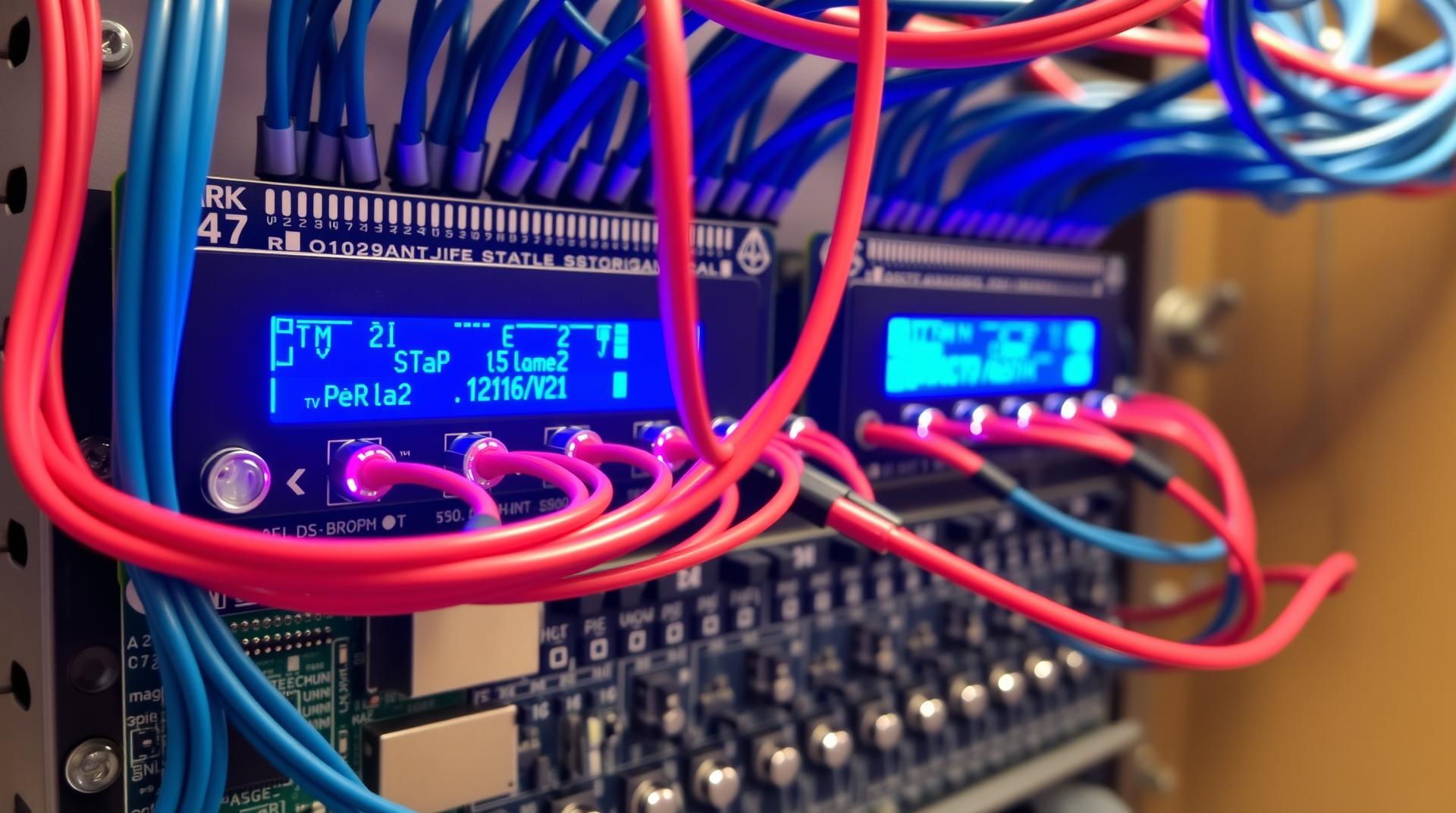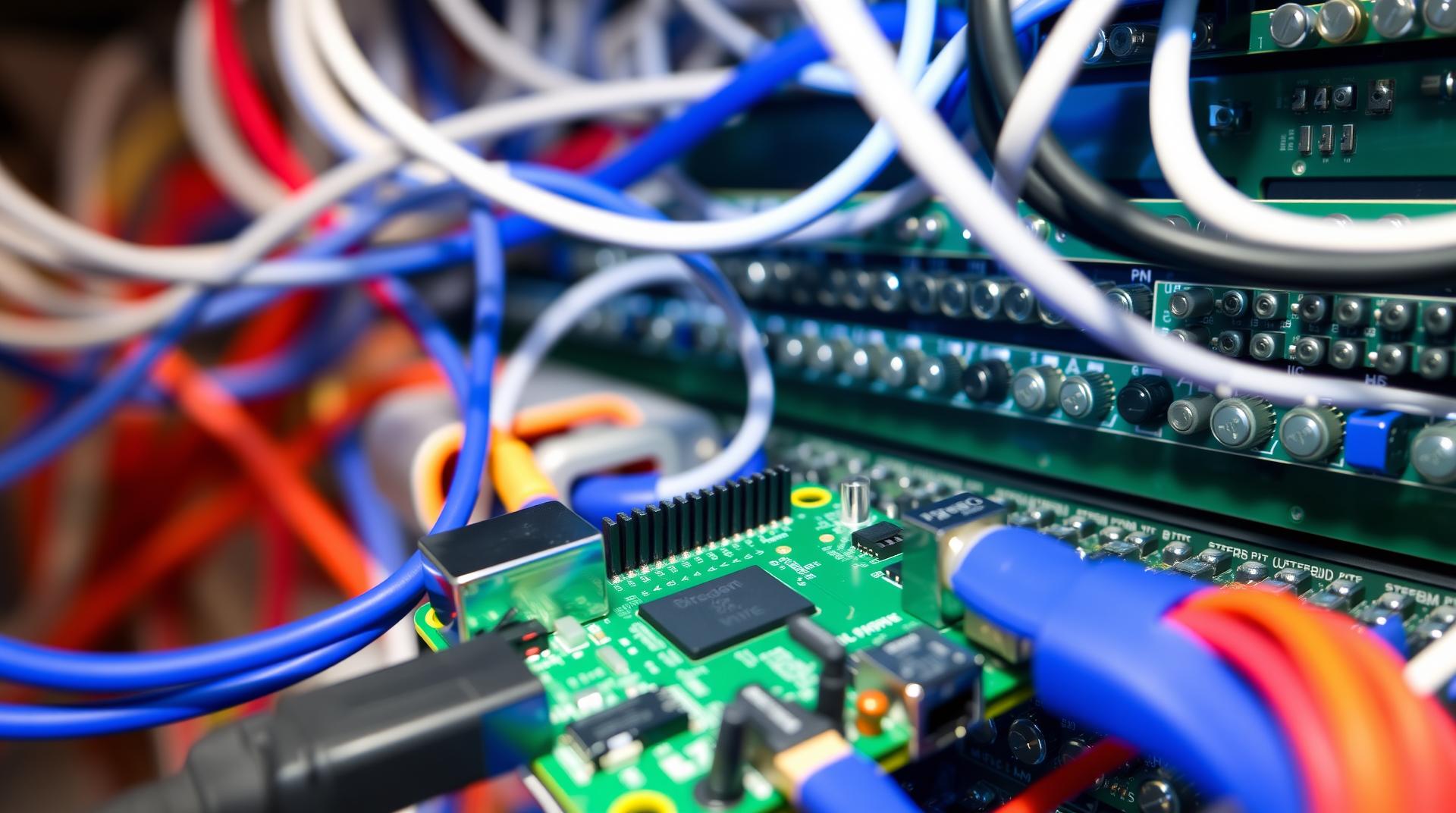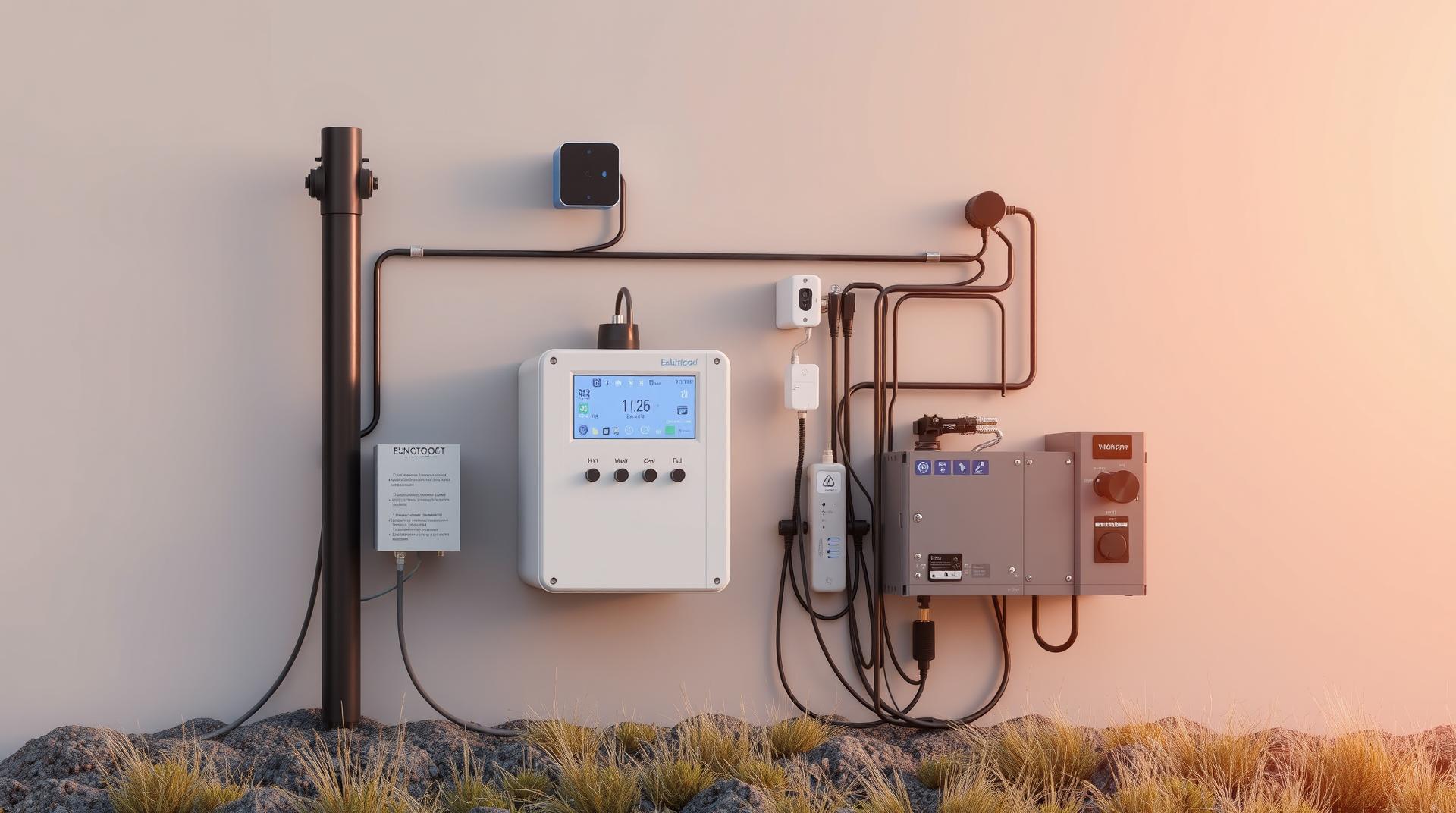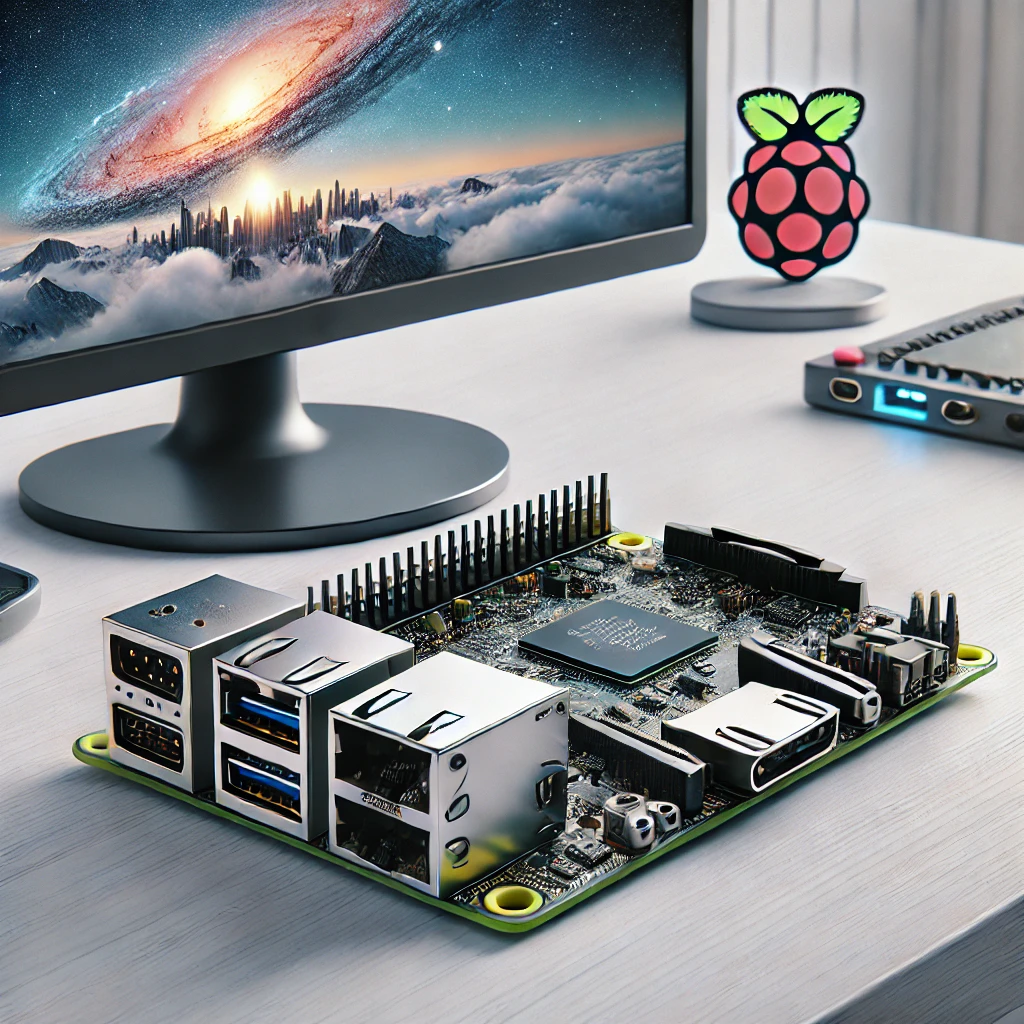The Raspberry Pi Banana is an exciting new variation in the Raspberry Pi family, offering enhanced features and versatility. However, like any advanced piece of hardware, it may face occasional bugs or glitches. This article will guide you through the steps to troubleshoot and debug your Raspberry Pi Banana, ensuring smooth and efficient operation.
Common Issues with Raspberry Pi Banana
When working with the Raspberry Pi Banana, common issues include boot errors, network connection problems, and peripheral failures. Whether you’re a beginner or an experienced developer, understanding the root cause of these issues is crucial for efficient debugging.
Debugging Steps for Raspberry Pi Banana
- Check the Power Supply:
Always ensure your Raspberry Pi Banana has a stable and adequate power source. A weak or unstable supply can cause various operational issues. - Update the Firmware:
Make sure your Raspberry Pi Banana’s firmware is up to date. You can use the terminal command:sqlsudo apt-get update && sudo apt-get upgrade
Keeping your system updated helps resolve many software conflicts and bugs.
- Examine the Boot Log:
If your Raspberry Pi Banana fails to boot, checking the boot log can provide valuable insights. Use the following command to view the log:dmesg | less
- Test Network Connectivity:
Debugging network-related issues is often crucial. Make sure your Raspberry Pi Banana is properly connected to Wi-Fi or an Ethernet network. Use:ifconfig
to view network interfaces and check for errors.
- Check Peripheral Devices:
Sometimes, connected peripherals like keyboards, mice, or external storage can cause issues. Try disconnecting them and rebooting your device.
Advanced Debugging with Tools
For more complex issues, you can use debugging tools like GDB or strace to trace and resolve software problems on your Raspberry Pi Banana. These tools are especially useful for developers who need to debug custom software or hardware integrations.

